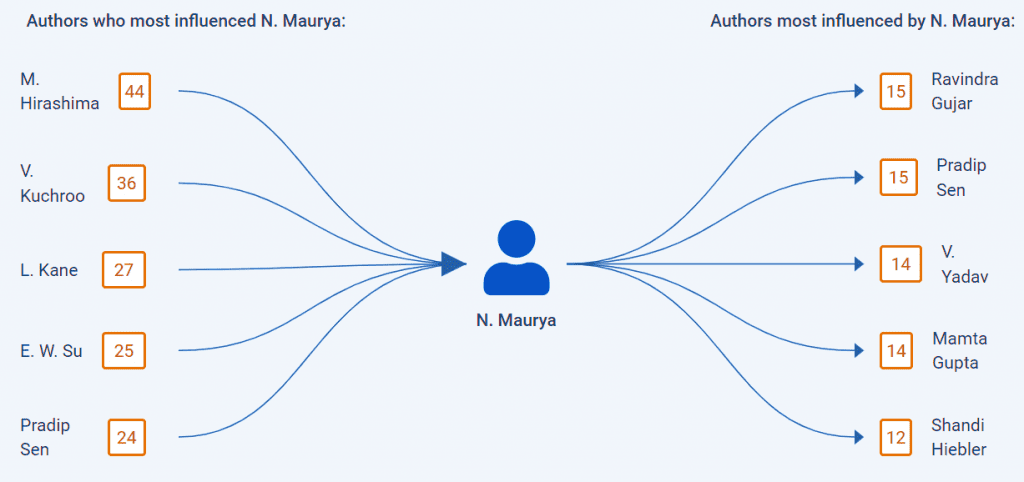#2 Decoding the Source Code: Software Patent Invalidation
The innovation and product launches in the domain of machine learning have increased at a logarithm scale and so do the infringement cases. On our desk was new invalidation case involving a way of classifying objects using a machine learning algorithm via a certain set of procedures (which was part of algorithm) such as data file compression, merging, deduplication, and so on. The uphill task that was assigned to us by the client as we were required to map all the claims (be it independent or dependent) against the prior art. The team started the journey of invalidation as usual and conventional approaches yielded nothing. Now was the time for unconventional approaches. We gathered the list of all the major players working in the domain and started research around their different software platforms launched prior to the cut-off date of the subject patent.
Interestingly, we found one of the product datasheets owned by a leading player, that broadly revealed the working methodology of the platform for object classification whose various features which was only partially overlapping with the subject patent. The job was still half-done. We presented this result to the client as an interim update and with his permission, we proceeded forward with a reverse engineering approach. We bought the product, and our coders & software engineers were aligned with the invalidation team to understand the code or algorithm. Eureka moment! the analysis of codes and commands of the competitor product revealed very similar working methodology when compared to the claimed invention in the subject patent. We were able to map all the claims of the subject patent with majority of features explicitly matching the product. Our reverse engineering approach paid off.
#3 Cross Domain Solution: Biomedical Surgical Device Invalidation Case
As per the TRIZ theory, someone, somewhere, likely came up with a solution for the challenge you currently face or something similar. This is so true when we think about a case of Invalidating a patent related to the domain of minimally invasive surgery and got the answers in the domain of excavator. A leading medical device company was facing a stiff challenge in the infringement case where they were the defendant. They reached TT Consultants for invalidation of the plaintiffs patent whose claim was directed towards a minimally invasive robotic surgery device that comprised of multiple pedicle screws, engagement members, crosslinking members, etc. After battling for two weeks, we were still empty-handed.
Sometimes, we are so drowned in the problem that we forget that every problem may have simple solution lying somewhere else. A brainstorming session was planned that included mechanical engineers, biomedical experts, and life science team. Interestingly, a suggestion came from an expert not directly related to the domain wherein he suggested that he has seen such type of devices and workings in the land excavator domain. Now, the aim of such meetings is to respect and consider each idea whether it’s simple or complex. Accordingly, few of the project team members were allocated the task to explore the domain of similar devices in the cross domain such as excavation machines. Amazingly, we found a robotic excavation device whose components and working were extremely close to the claimed invention. On sharing the result with the client, he was so impressed with our skill that we landed up getting FTE deal signed for the future projects.
At TT Consultants, the diversity & depth of technology expertise comprising people with bachelors, masters, doctorate, and post doctorate degrees has helped us to build an altogether different level of reputation to solve client problems. TT Consultants believe that majority of ideas in research come from another pre-existing idea, knowingly or unknowingly, and that there are an infinite number of ways to find relevant prior art, provided that the team working on the case has the knowledge, expertise, smartness, patience, and belief to keep looking, until the send button with the report as an attachment for the client has been pressed.






